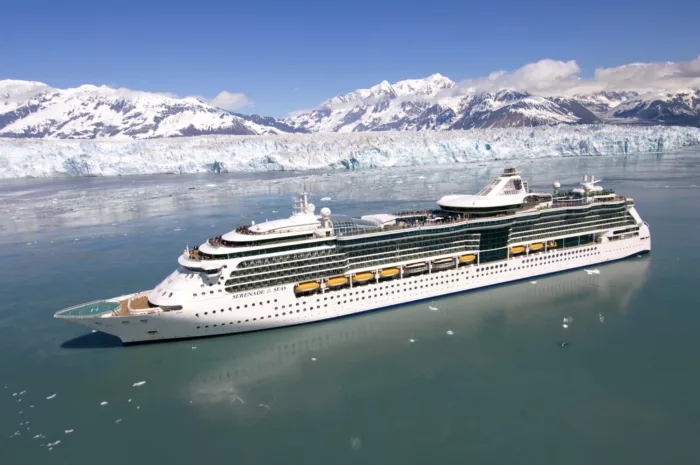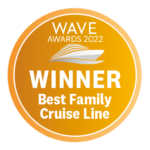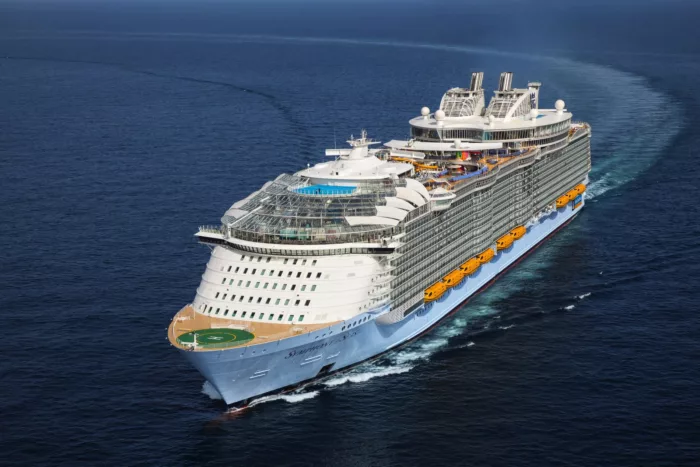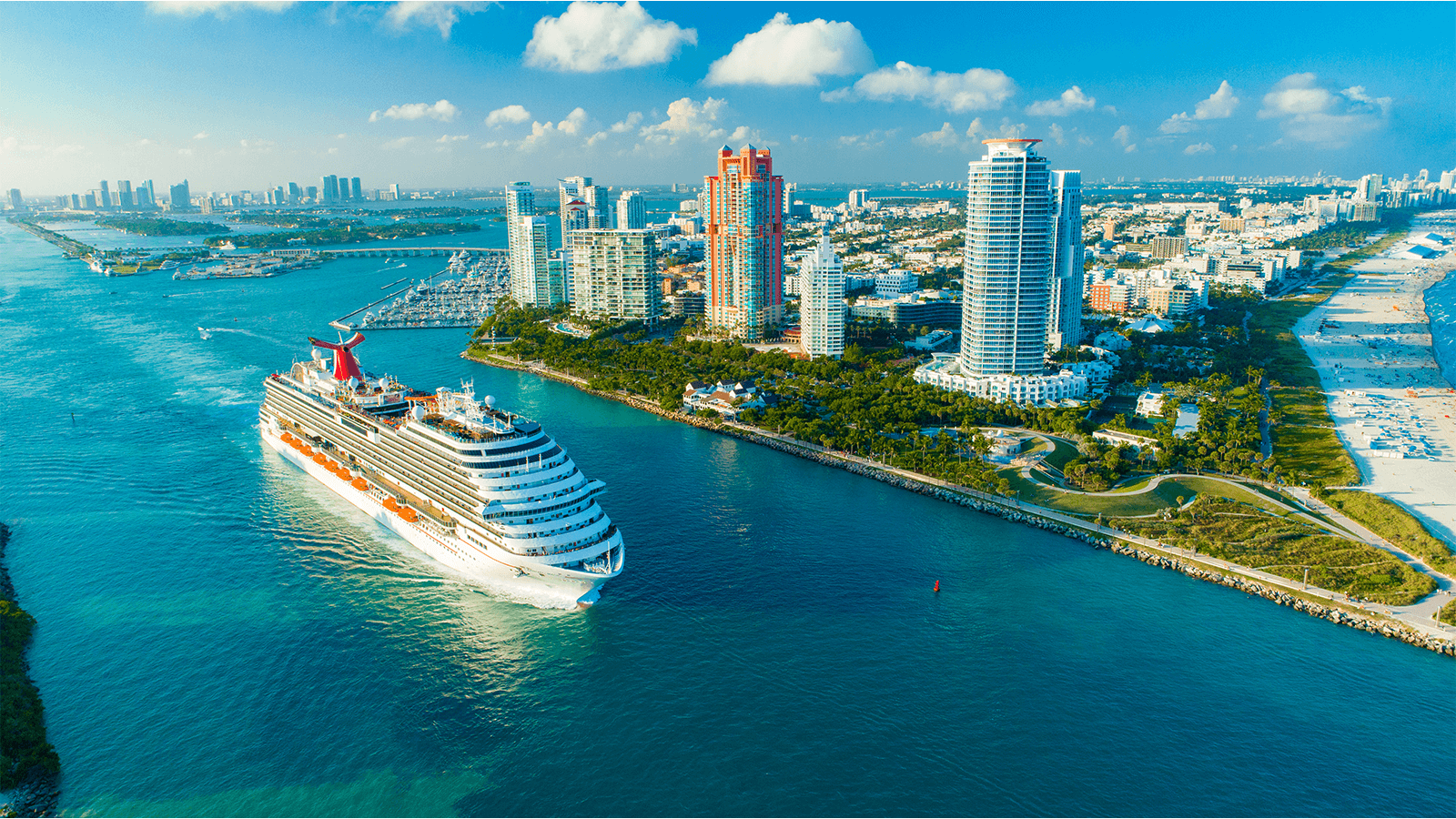Visiting:
North America

Royal Caribbean International
North American cruise line Royal Caribbean International has an impressive history and global reputation.
The cruise line is famed for its fleet of mega-ships, which consist of Utopia of the Seas, Wonder of the Seas, Harmony of the Seas and more.
Each ship is full to the brim of thrills and entertainment, with the cruise line continuing to innovate.
2476
Passengers
848
Crew
2003
Launched
2017
Last refit
90090t
Tonnage
294m
Length
32m
Width
25kts
Speed
12
Decks
USD
Currency
Cruise Itinerary
Day 1
Los Angeles, California, United States
Days 2 - 3
At Sea
Relax and make the most of the myriad of facilities available on board the ship, from fantastic entertainment to delicious and diverse dining options.
Day 4
Seattle, Washington, United States
Day 5
Victoria, British Columbia, Canada
Day 6
Vancouver, British Columbia, Canada

Day 1
Los Angeles, California, United States

Days 2 - 3
At Sea

Day 4
Seattle, Washington, United States

Day 5
Victoria, British Columbia, Canada

Day 6
Vancouver, British Columbia, Canada
Ship Details


Royal Caribbean International
Serenade of the Seas
Dive into new discoveries as you sail onboard Serenade of the Seas®.
Cabins
All Prices













